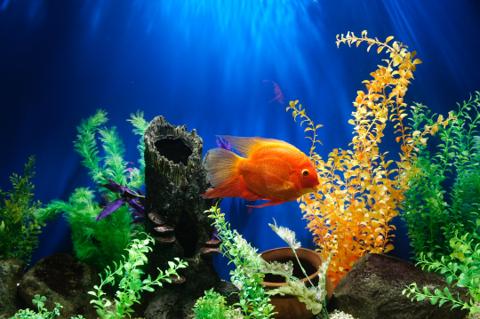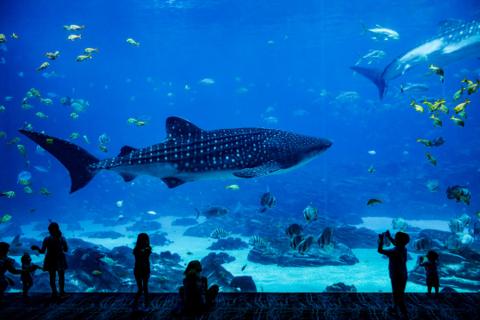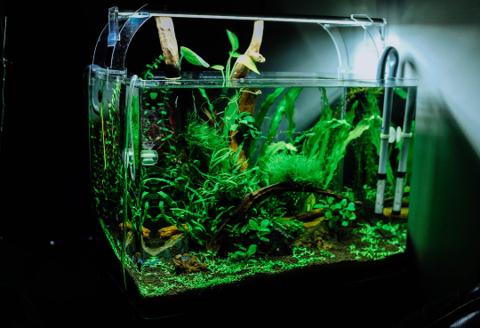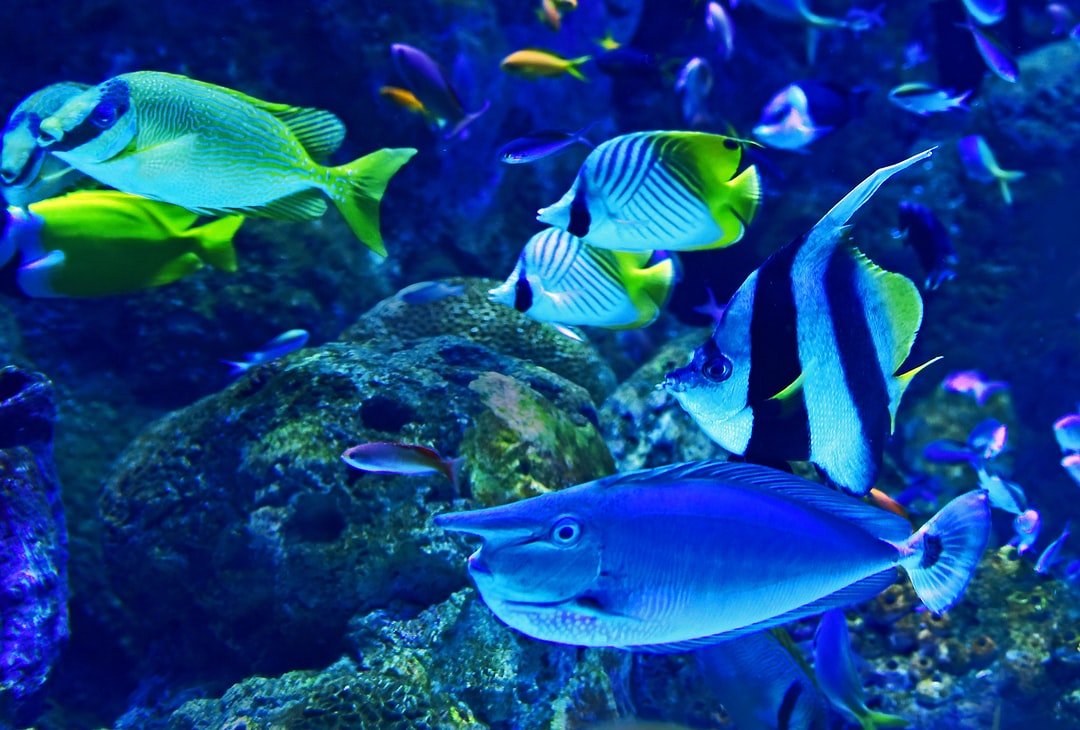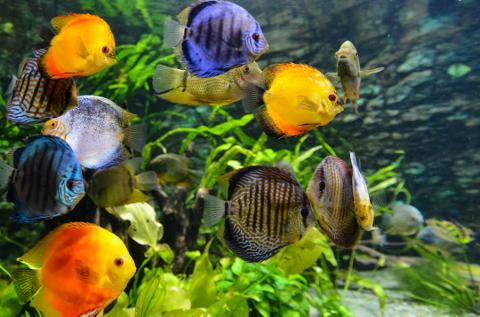Bringing life to your interior
Zebrafish (Danio rerio)
genomic DNA Danio rerio

kept or are looking to keep.
We hope to create in the near future a large and engaged community, where free advice and helpful tips can be found at all levels, ranging from the popular bettafish to the wonderful arowana.valuable information about our favorite aquatic pets.
When visiting us, don’t forget to share your experience by leaving your comments or asking us questions on any of the particular fish you have tank setups. This can be a daunting task for everyone, especially new comers.
We are looking to attract tropical fish enthusiasts like us from all over the world with one common goal: the desire to spread accurate and common problems.
The number of aquarium fish species available nowadays is quite impressive! All of them coming from different places and requiring different particularly slow-moving areas such as swamps, lakes and large rivers. Capable of breathing moist air, it can survive during dry seasons due to their ability to "climb" out of water and "walk" short distances in search of small ponds where they can remain for long periods, gulping up air at the surfa Read More
1234
Welcome to tankfishtips.com, a new blog with practical tips and pointers on how to maintain your aquarium, including troubleshooting He then tries to court a female by spreading his fins and putting them on full display; his colors will be in their most intense and impressive state as w[...]
Read more »
The Giant Gourami (Osphronemus goramy)
Originating from India it can grow up to 28" (70 cm). Giant gouramis can adapt to a wide range of water conditions from brackish water, to Aquarium Best
Chromis best fishes for those just starting
Like the Damsels, these are some of the best fishes for those just starting out in the marine aquarium hobby.
Eels not your regular fishmate
Eels require large aquariums with efficient filtration systems to deal with the copious amounts of food consumed and waste produced.
Gobies do not confused them with Blennies!
Gobies are mainly bottom dwelling fish and are found in tide pools and shallow waters near coral reefs throughout the world.
African Cichlids: A Colorful Brood
Many African cichlids are easily identified by a combination of patterns and intense hues not typically seen in other freshwater fish. O...
Silver Tip Tetra (Hasemania nana)
Compatible: Tetras, Rasboras, Danios, Dwarf Gouramis, Livebearers, Corydoras, Discus, Angels, Barbs, Rainbowfish, Plecos and small S...
Cherry Barb (Barbus titteya)
Commercially important, cherries and the more colorful barb species were listed as a Lower risk/conservation dependent species in 1996, ...
Breeding Tips
breeding-betta
Breeding Betta
Bettas reproduce in a unique and fascinating fashion. The male will blow hundreds of bubbles at the water’s surface and create a floating nest.

Nothing like firsthand experience to guide us through these difficult new beginnings.
American Cichlids
oscarfish
Oscar Fish – Astronotus Ocellatus
A very intelligent fish that can recognize its owner, the heavily built Oscar is an all-time favorite among aquarium hobbyists. Originally imported from South America, most Oscars for sale are now tank-bred. A large aquarium of at least 70 gallons is required to house a pair of Oscars. The Oscar fish has his own ideas on how to decorate what he considers his home (your aquarium!) he will grab any object including small rocks and plants (doesn’t care whether they are natural or artificial) and spit them out.
angelfish_cichlid
Angelfish (Pterophyllum scalare)
Although it may be hard to believe, the Pterophyllum scalare or Angelfish is a member of the cichlid family. Luckily, they are not as territorial or destructive as most of their relatives. For many people, Angelfish are instantly recognizable and in fact, are one of the oldest and most beloved species in the aquarium hobby. These elegant creatures have extremely elongated dorsal and anal fins and very laterally compressed bodies. They can reach a length of 6 inches and a height of 10 inches (including fins). Angelfish have been bred.
African Cichlids
Aquarium Tips for Mixing African Cichlids
The following are important aspects to consider when mixing African cichlids: Water chemistry, diet, and aggression, the last one a familiar trait among cichlids. Originating from Malawi, Victoria and Tanganyika lakes, African cichlids have evolved to adapt to the different pH found in these waters. Lakes Mal[...] Read more »
Julidochromis ornatus cichlid
Julidochromis Ornatus have an elongated body with alternating yellow and white thick stripes. Keep them in a 30-gallon or larger aquarium decorated with plenty of rocks and caves in order to provide adequate hiding places for these territorial fish. They prefer hard water with an alkalinity of 10 to 20 dKH an[...] Read more »
Calvus Cichlid (Altolamprologus calvus)
This species is very slow growing, taking over 6 months to reach an inch and a half long, and over two years to reach sexual maturity. Their bodies are very thin and compact and are dark black in color with many small white spots. Their sloping forehead and large mouth gives them a menacing look, making them [...] Read more »
Orange Leleupi Cichlid (Neolamprologus leleupi)
This species is one of the smaller of the Southern Lake Tanganyika cichlids in Africa, only attaining a maximum size of 4 inches. They have an elongated body shape, and are mostly orange in color. The mouth of these fish is surprisingly large for their size, and may be outlined in black or blue. A Tank at lea[...] Read more »
Gold Neolamprologus Sexfasciatus Cichlid
The Gold Neolamprologus Sexfasciatus Cichlid originates from the rocky waters of Southern Lake Tanganyika, Africa. This species is one of the larger of the dwarf African cichlids, and attains a maximum size of 6 inches. They have an elongated body shape, and are gold in color with many dark vertical bands. Th[...] Read more »
Coldwater
Black_Moor_Goldfish
Black Moor Goldfish
The Black Moor Goldfish is one of several varieties of Caras.
Goldfish_Lionchu_first_orize_winner
Ranchu Goldfish
HABITAT: China, Japan Compatible: Require a tank free.
Goldfish_Pearl
Pearl Scale Goldfish
This fish’s natural plumpness and domed scales often.
Lionhead_goldfish
LionHead Goldfish
HABITAT: China, Japan Compatible: Require a tank free.
Comet_Goldfish
Comet Goldfish
The Comet Goldfish requires plenty of swimming room.
fancy_goldfish
Fantail Goldfish
This strain has no swimming difficulties.
Bubble_Eye_celestial_goldfish
Bubble-Eye Goldfish
A 30 gallon or larger tank with a fine gravel bottom.
Red_Cap_Oranda_goldfish
Red Cap Oranda Goldfish
Requires optimum water conditions to prevent fin damage.
feeding-koi
Solving common pond problems
Finally, you have the pond of your dreams.
maintaining_your_pond
Maintaining your Pond
Just like any other type of yard maintenance.

Unique Items
To buy unique pieces is to buy a piece of the artist: His passion put in the execution of the object, his hours of reflexion, his dexterity... It is a committed, ethical act, which encourages a responsible and direct economy.
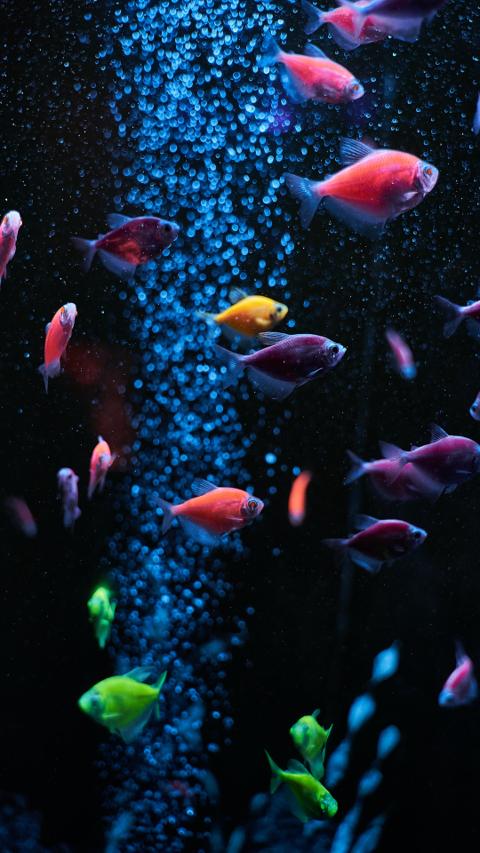
Tailored advice
Whether it is to help you see clearly in a project, to confirm a choice or when you have no idea about the layout of your interior, our advisers are there to accompany you throughout your project.
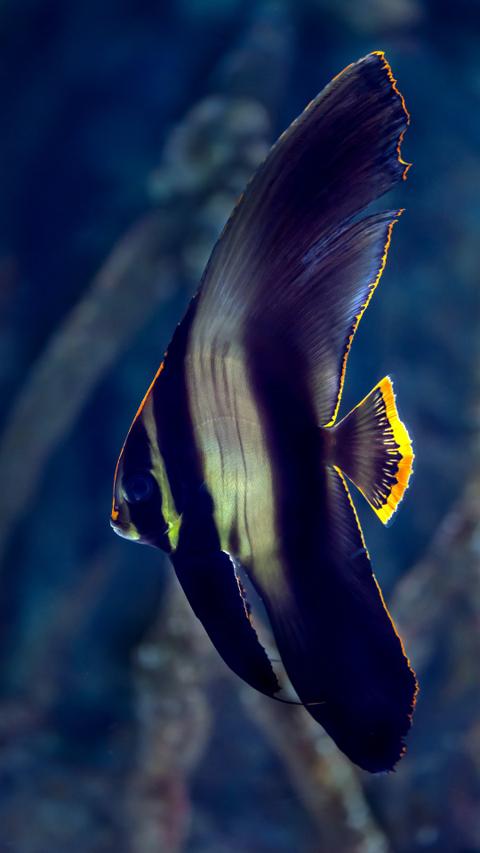
For the whole Family
Every week our shop receive new products. Some are only on sale for a limited period of time.
